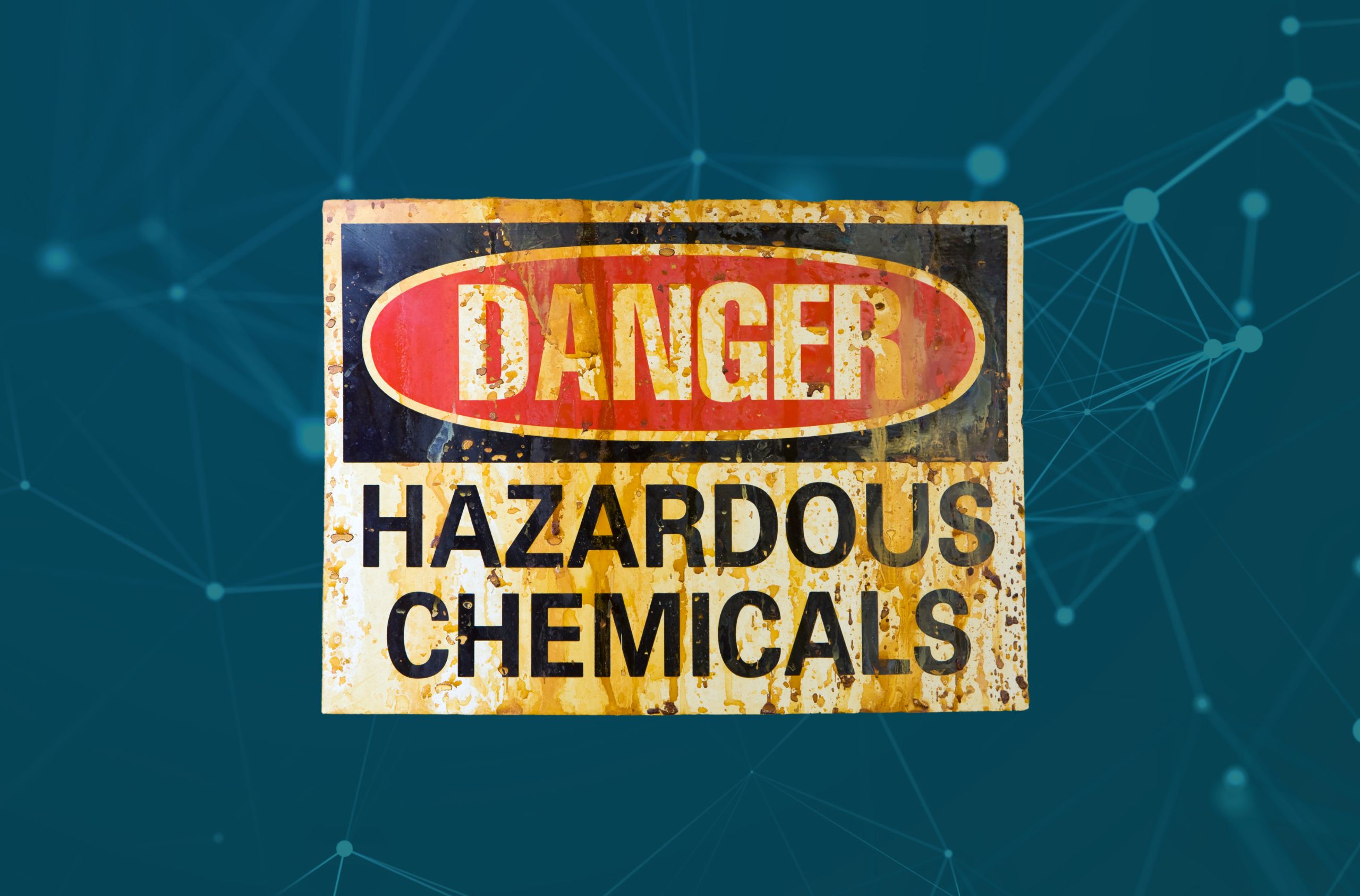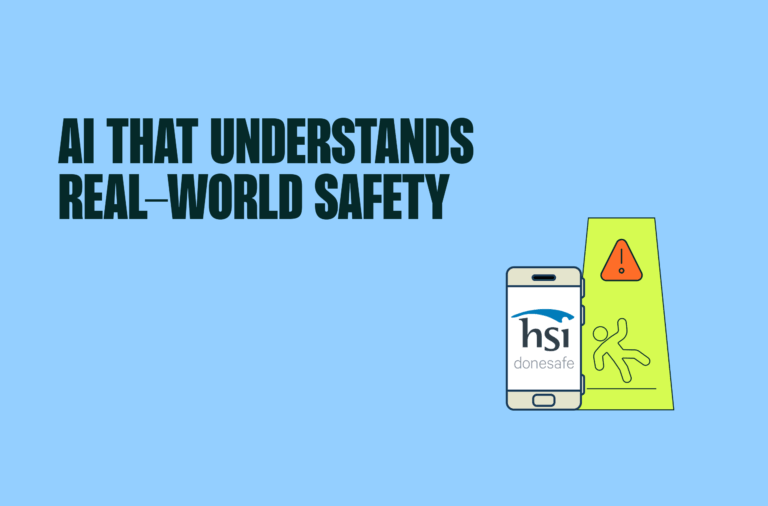
Switching to a digital, cloud-based system for chemical and SDS management isn’t just about moving things online. It’s about making safety faster, smarter and more in tune with how real-world work gets done.
This article was originally published on Safety Solutions. You can read it on their site here, or continue below.
If you’re still managing your chemicals with folders, spreadsheets or paper SDS sheets tucked in dusty binders, you’re not alone. But you are at risk — and likely wasting more time than you realise. Here are seven ways a digitised SDS and chemical management system can help keep your workplace safe.
1. Find what you need, fast
When an incident happens or someone needs to know how to handle a spill, speed matters. With a digital system, SDS sheets and chemical records are just a few clicks away — not buried in a filing cabinet or locked in someone’s inbox. Site teams, safety leads and even first responders can get the info they need on the spot, from any device.
In a crisis, seconds count. Fast access to accurate safety data could mean the difference between a near miss and a medical emergency.
2. Always up to date
One of the biggest risks with SDS sheets is using an out-of-date version. Hard copies and shared drives don’t update themselves — cloud-based systems do. The best digital platforms pull new SDS versions straight from the source and alert you when something changes. That means no more chasing down suppliers or guessing what’s changed.
Keeping SDS sheets up to date isn’t just best practice — it’s a legal requirement. Under Australia’s model WHS Regulations¹, an SDS must be less than five years old and readily accessible to any worker who might be exposed. Failure to comply could result in penalties and puts workers at risk.
3. Let AI do the heavy lifting
Modern digital tools can now read SDS documents using AI — scraping key data like hazards, PPE, first aid steps and storage needs. This saves hours of admin work and helps create clean, structured records that are easy to read and compare. Even better, AI can help you flag risks or identify gaps in real time.
This means no more copying data by hand. No more typos that turn a minor warning into a major one. Just clear, consistent info, every time.
4. Link chemicals to hazards, risks and incidents
Chemical data in isolation is only part of the picture. By going digital, you can link each substance to related incidents, exposure reports, individual workers, risk assessments and audit findings. This paints a full view of your chemical risk across the business — not just what’s stored where, but what it means for your people.
Need to show how a certain substance has been managed over time? Want to track trends in exposure or incidents? Need a better audit trail? A connected system makes that easy for both internal and external auditing.
5. Cut the admin (and the risk)
Manual registers, spreadsheets and paper trails take time to update and keep aligned across teams and sites. A cloud-based system means one source of truth, live for all users. No version mix-ups. No double entry. No back-and-forth between teams trying to work out which document is the right one.
As a result, you’ll reduce reliance on one person’s memory, inbox or filing system — simultaneously reducing mental load, lowering business risk and ensuring business continuity.
6. Maintain consistency across your workplace
Got five sites? Ten? Fifty? A digital approach makes it easy to roll out chemical management at scale. Every site works off the same data and structure, while still being able to track local inventory and use. This makes audits, reporting and training far simpler — and helps drive a stronger safety culture from the ground up.
Uniformity is also key when it comes to meeting GHS² (Globally Harmonised System) labelling and classification rules — which are part of WHS law across all Australian jurisdictions.
7. Make compliance less painful
Staying on top of chemical regulations, labelling rules and SDS expiry dates can be a full-time job. Digital systems help automate that burden. You can set alerts, track review dates and pull reports in minutes — not hours or days.
Need to prove compliance with WHS Regulation 344³? Or demonstrate that you’ve taken all reasonably practicable steps⁴ to manage a chemical hazard? A digital trail gives you the evidence you need — fast.
That can make all the difference in the event of a regulator visit or an incident investigation.
The bottom line:
Digital chemical and SDS management isn’t just a nice-to-have. It’s a smarter, faster, safer way to run your workplace. You’ll save time, reduce risk and get peace of mind that your business is on top of its legal duties — without drowning in paperwork.
So, if you’re still doing things manually, now’s the time to shift.
Ask yourself
Are you really on top of chemical safety?
How confidently can you answer the below?
- Could you show someone exactly where all chemicals are stored, site by site?
- How quickly can your team access the right SDS in an emergency?
- Are you confident your SDSs are less than five years old and up to date?
- What happens when contractors bring their own chemicals onsite?
- Does your SDS process actually match the level of risk you carry?
If you’re unsure of the above, digital chemical management might just be your answer. Book a call to learn more.
References
Share:


